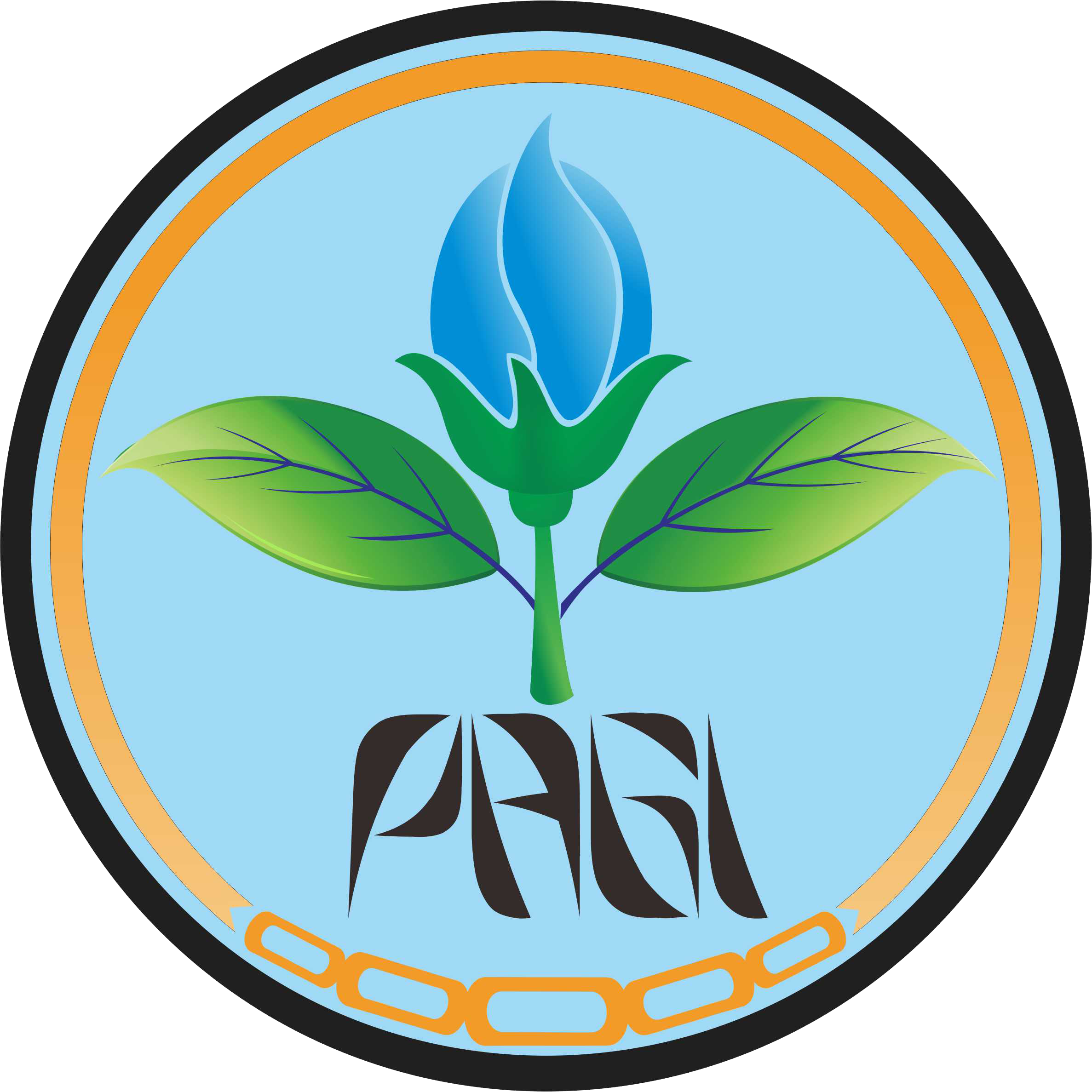Pengaruh Vegetasi di Perkebunan Kopi Robusta terhadap Keanekaragaman Kumbang Tanah (Ground Beetle)
Abstract
Keywords
Full Text:
PDF(ID)References
Arenas-Clavijo A, Armbrecht I. 2019. Soil ants (Hymenoptera: Formicidae) and ground beetles (Coleoptera: Carabidae) in a coffee agroforestry landscape during a severe-drought period. Agrofor Syst. 93(5):1781–1792. https://doi.org/10.1007/s10457-018-0283-x.
Avgın S, Luff M. 2010. Ground beetles (Coleoptera: Carabidae) as bioindicators of human impact. Mun Entomol Zool. 5(1):209–215.
Bauer T, Kredler M. 1993. Morphology of the compound eyes as an indicator of life-style in carabid beetles. Can J Zool. 71(4):799–810. https://doi.org/10.1139/z93-105.
Bengen D. 1997. Teknik Pengambilan Contoh dan Analisis Data Biofisik Sumberdaya Perairan Wilayah Pesisir. Bogor: Institut Pertanian Bogor.
Borror DJ. 1976. A field guide to the insects of America north of Mexico. Boston (US): Houghton Mifflin.
Borror DJ, Triplehorn CA, Johnson NF. 2005. Study of insects. 7th ed. Belmont (CA): Thompson Brooks/Cole.
Bousquet Y, Larochelle A. 1993. Catalogue of the Geadephaga (Coleoptera: Trachypachidae, Rhysodidae, Carabidae including Cicindelini) of America north of Mexico. Mem Entomol Soc Canada. 125(S167):3–397. https://doi.org/10.4039/entm125167fv.
Cardarelli E, Bogliani G. 2014. Effects of grass management intensity on ground beetle assemblages in rice field banks. Agric Ecosyst Environ. 195:120–126. https://doi.org/10.1016/j.agee.2014.05.004
Destaranti N, Sulistyani S, Yani E. 2017. Struktur dan vegetasi tumbuhan bawah pada tegakan pinus di RPH Kalirajut dan RPH Baturraden Banyumas. Scr Biol. 4(3):155–160. https://doi.org/10.20884/1.sb.2017.4.3.407.
Ennis KK, Philpott SM. 2019. Seasonal and microhabitat differences alter ant predation of a globally disruptive coffee pest. Agric Ecosyst Environ. 284:106597. https://doi.org/10.1016/j.agee.2019.106597.
Erwin TL. 2002. The beetle family carabidae of Costa Rica: Twenty-nine new species of Agra Fabricius 1801 (Coleoptera: Carabidae, Lebiini, Agrina). Zootaxa. 119:1–168. https://doi.org/10.11646/zootaxa.119.1.1.
Holland J, Luff M. 2000. The effects of agricultural practices on Carabidae in temperate agroecosystems. Integr Pest Manag. 5:109–129. https://doi.org/10.1023/A:1009619309424.
Hutter H-P, Khan A, Lemmerer K, Wallner P, Kundi M, Moshammer H. 2018. Cytotoxic and Genotoxic effects of pesticide exposure in male coffee farmworkers of the Jarabacoa Region, Dominican Republic. Int J Environ Res Public Health. 15(8):1641. https://doi.org/10.3390/ijerph15081641.
Leslie TW, Biddinger DJ, Rohr JR, Hulting AG, Mortensen DA, Fleischer SJ. 2014. Examining shifts in Carabidae assemblages across a forest-agriculture ecotone. Environ Entomol. 43(1):18–28. https://doi.org/10.1603/EN13099.
Liu J-L, Li F-R, Liu C-A, Liu Q-J. 2012. Influences of shrub vegetation on distribution and diversity of a ground beetle community in a Gobi desert ecosystem. Biodivers Conserv. 21(10):2601–2619. https://doi.org/10.1007/s10531-012-0320-4
Lv J, Wang X, Zhou Y, Qian K, Wan L, Eamus D, Tao Z. 2013. Groundwater‐dependent distribution of vegetation in Hailiutu River catchment, a semi‐arid region in China. Ecohydrology. 6(1):142–149. https://doi.org/10.1002/eco.1254.
Magurran AE. 1988. Ecological diversity and its measurement. Dordrecht (NL): Springer Netherlands.
Manson S, Nekaris KAI, Hedger K, Balestri M, Ahmad N, Adinda E, Budiadi B, Imron MA, Nijman V, Campera M. 2022. Flower visitation time and number of visitor species are reduced by the use of agrochemicals in coffee home gardens. Agronomy. 12(2):509. https://doi.org/10.3390/agronomy12020509.
Nestel D, Dickschen F, Altieri MA. 1993. Diversity patterns of soil macro-Coleoptera in Mexican shaded and unshaded coffee agroecosystems: an indication of habitat perturbation. Biodivers Conserv. 2(1):70–78. https://doi.org/10.1007/BF00055104.
Odum. 1996. Dasar-dasar Ekologi. Yogyakarta: Gadjah Mada University Press.
Olarewaju John A, Akinlolu Sylvester A, Olalekan Kehinde A, Abiodun Michael A. 2023. Land use impacts on diversity and abundance of insect species. In: Hufnagel L, El-Esawi MA, Summers JK, editor. Vegetation Dynamics, Changing Ecosystems and Human Responsibility. London (UK).
Sa’adah A, Haryadi NT. 2021. The effectiveness of weed as beetle bank against abundance of soil Arthropods on corn (Zea mays. L). J Exp Life Sci. 11(2):54–59. https://doi.org/10.21776/ub.jels.2021.011.02.05
Sajjad H. 2020. Terrestrial insects as bioindicators of environmental pollution: A Review. UW J Sci Technol. 4:21–25.
Stacey D. 2003. Climate and biological control in organic crops. Int J Pest Manag. 49(3):205–214. https://doi.org/10.1080/0967087031000085042.
Gašparić HV, Drmić Z, Čačija M, Graša Z, Petrak I, Bažok R, Lemic D. 2017. Impact of environmental conditions and agrotechnical factors on ground beetle populations in arable crops. Appl Ecol Environ Res. 15(3):697–711. https://doi.org/10.15666/aeer/1503_697711.
Wardati I, Mastuti L, Salim A. 2018. Gulma tanaman perkebunan. Martina N, Fauzy M, editor. Depok (ID): PNJ Press.
White RE. 1983. Peterson field guides: Beetles. Boston (US): Houghton Mifflin.
Wijana N. 2014. Analisis komposisi dan keanekaragaman spesies tumbuhan di Hutan Desa Bali Aga Tigawasa, Buleleng-Bali. JST (Jurnal Sains dan Teknol. 3(1):288–299. https://doi.org/10.23887/jst-undiksha.v3i1.2907.
Yanti TS. 2007. Uji rank Mann-Whitney dua tahap. Statistika. 7(1):55–60.
Yulianti SA. 2020. Keanekargaman serangga aerial di agroforestri kopi sederhana dan kompleks kecamatan Ngantang kabupaten Malang. Universitas Islam Negeri Maulana Malik Ibrahim.
Refbacks
- There are currently no refbacks.






